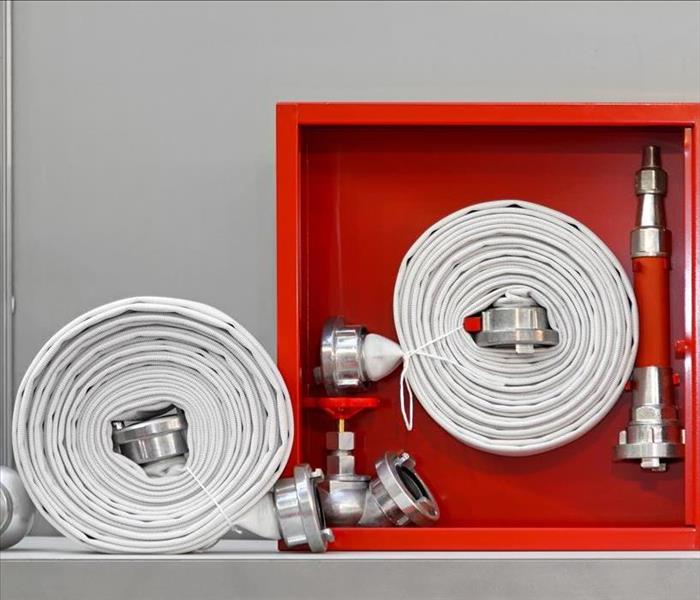Fire Extinguisher 101: A Closer Look at Foam, Water, and Dry Chemical Extinguishers
8/13/2023 (Permalink)
 By familiarizing yourself with fire extinguishers, you are better equipped to protect your home or property against potential fire hazards.
By familiarizing yourself with fire extinguishers, you are better equipped to protect your home or property against potential fire hazards.
As a homeowner or property owner, understanding fire safety is paramount to protect your loved ones and investments. One essential tool in your fire safety arsenal is a fire extinguisher. In this article, we will take a closer look at three common types of fire extinguishers: foam, water, and dry chemical. By understanding their unique properties and applications, you can make an informed decision about which extinguisher is right for your needs.
Foam Fire Extinguishers
Foam fire extinguishers are versatile and effective against Class A and Class B fires. Class A fires involve ordinary combustible materials like wood, paper, or textiles, while Class B fires involve flammable liquids such as gasoline or oil. The foam creates a barrier, suppressing the fire and preventing re-ignition. These extinguishers are commonly found in homes, offices, and areas with a variety of fire risks.
Water Fire Extinguishers
Water fire extinguishers are specifically designed for Class A fires. They are not suitable for use on flammable liquids or electrical fires. Water extinguishers work by cooling the fire and reducing the temperature below the ignition point. It's important to note that water extinguishers should never be used on electrical equipment or fires involving electrical hazards.
Dry Chemical Fire Extinguishers
Dry chemical fire extinguishers are highly effective against Class A, Class B, and Class C fires. Class C fires involve energized electrical equipment. These extinguishers contain a fine powder that chemically interrupts the combustion process, extinguishing the fire. Dry chemical extinguishers are commonly found in industrial settings, workshops, and places with electrical equipment.
Key Factors to Consider
- Fire Classifications: Understand the different classes of fires (A, B, C) to determine which fire extinguisher is appropriate for a specific fire hazard.
- Fire Risks: Assess the potential fire risks in your home or property to determine the types of fire extinguishers you may need.
- Placement and Accessibility: Install fire extinguishers in easily accessible locations, ensuring they are visible and within reach during an emergency.
- Maintenance and Inspections: Regularly inspect and maintain your fire extinguishers according to manufacturer guidelines to ensure their functionality.
By familiarizing yourself with foam, water, and dry chemical fire extinguishers, you are better equipped to protect your home or property against potential fire hazards. Remember to evaluate the fire risks specific to your environment and choose the appropriate extinguisher accordingly. Regular maintenance, proper placement, and awareness of their limitations are crucial for effective fire safety. Invest in the right fire extinguishers today, and gain peace of mind knowing you have taken an important step in safeguarding your loved ones and property.





 24/7 Emergency Service
24/7 Emergency Service